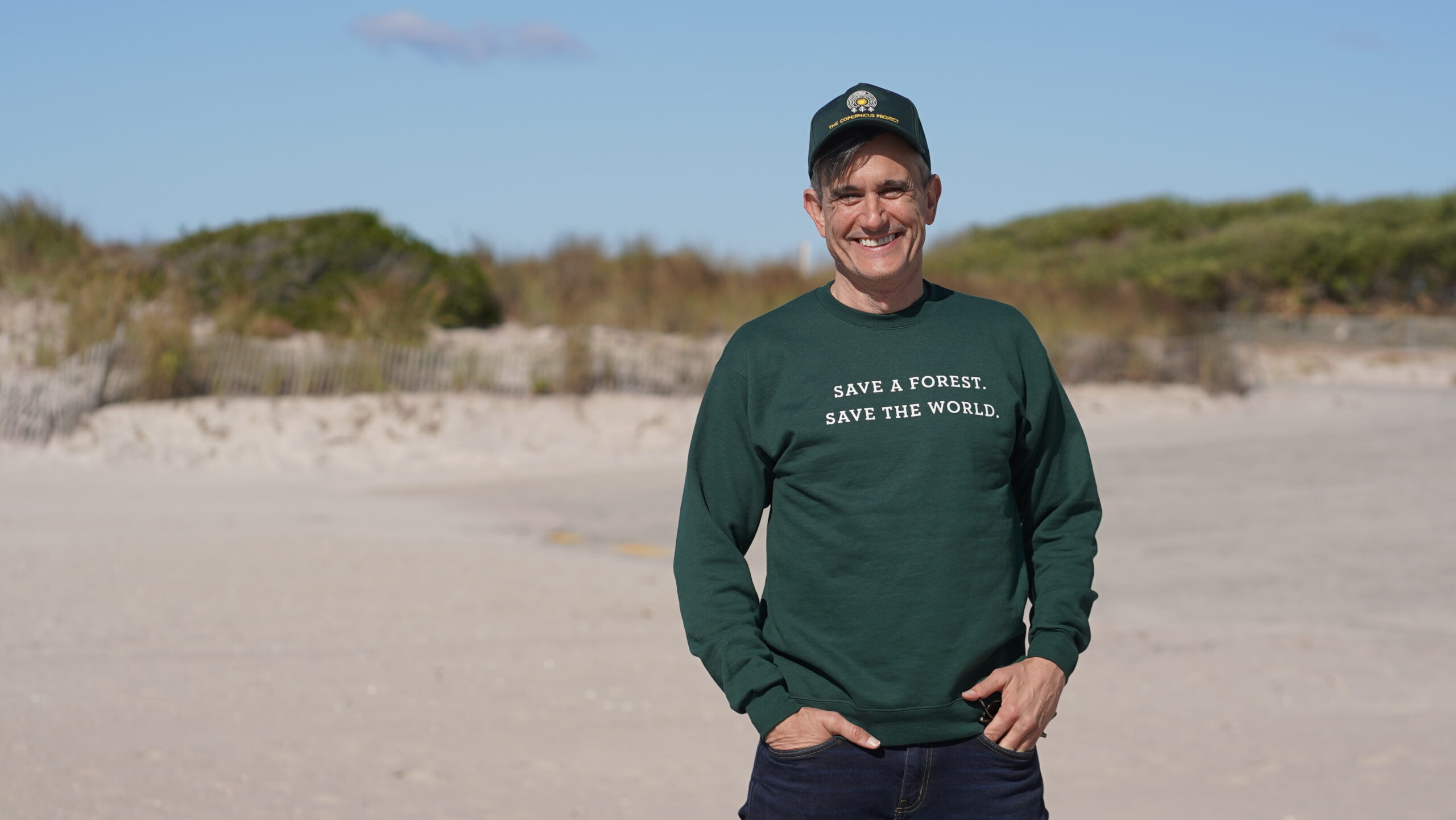“The oceans are the planet’s lungs, and they are under threat from climate change.” – Sylvia Earle, American marine biologist
Not everyone is fortunate enough to live in communities was access to beautiful marine coastal ecosystems—but these ecosystems impact us all.
Just south of my townhouse in upper Manhattan, New York City, is the Gowanus Canal, a marine coastal ecosystem (MCE) that’s now a labeled Superfund site by the Environmental Protection Agency and on the National Priorities List. More than 50 scientists, business, civic, and community organizations have joined to protect this critical ecosystem, comprising the largest Community Advisory Group for an EPA Superfund site in the country. (Read more about reviving the Gowanus Canal here.)
But protecting our marine environments isn’t just about ensuring we have beautiful shorelines to live and play on: these fragile ecosystems play a critical role in mitigating climate change. Protecting and restoring MCEs must be a key part of any climate strategy.
Watch the full interview with Dr. Merry Camhi
MCEs include estuaries, lagoons, salt marshes, mangrove forests, seagrass meadows, coral reefs, kelp forests, and backwaters, and they offer a range of ecological benefits. They absorb 90% of excess heat caused by climate change and 23% of human-caused carbon dioxide emissions. According to the National Oceanic and Atmospheric Administration (NOAA), MCEs can also store up to five times more carbon per unit area than tropical forests.
MCEs act as a natural barrier, absorbing the energy of waves and storms to reduce the risk of coastal flooding and erosion. This natural protection can savs lives and property as well as reduce the need for expensive infrastructure projects such as seawalls and levees. MCEs are also vital in preserving biodiversity, being home to a wide range of marine species like fish, shellfish, and crustaceans, which support local economies and provide food and livelihoods for coastal communities.
But these vital ecosystems are increasingly threatened by extreme weather events, a warming climate, and human activities like overfishing, pollution, and coastal development. In this issue of Journal Copernicus, I’m thrilled to share experts’ perspectives on the importance of MCEs as well as critical solutions and stories of success for those at work to protect them.
Whether it’s supporting marine-friendly companies with your purchases, grabbing a few friends to participate in a beach clean-up (or organizing your own!), or volunteering with your local conservation organization, we all have a role to play.
I hope this MCE Issue of Journal Copernicus leaves you feeling inspired, energized, and eager to learn more. Please feel free to share with friends and family, send us your comments, questions, or critiques, and engage with your local community—no matter where you live—to do your part to help protect and restore the vital ecosystems of our natural world.
Marine Coastal Ecosystems can store up to five times more carbon per unit area than tropical forests
Just east of my home, changing environmental conditions have triggered increases in erosion and sedimentation, stormwater runoff, algal blooms, habitat loss, and non-native species in Oyster Bay, New York. Through this Issue, we learned about threats to the oyster population from Friends of the Bay Executive Director Heather Johnson and Vice President Mitch Kramer, and Dr. Merry Camhi walked us through her incredibly exciting work at the New York Seascape Program.
Then, Auil Gomez of the Wildlife Conservation Society took us to Belize, where replenishment zone programs are recovering fish stocks and damaged or degraded ecosystems. Over in Santa Cruz, California, we looked into the importance of surf ecosystems with Save the Waves CEO Nik Strong-Cvetich. We also discovered how the DNA of coral reefs, which are critically threatened and have become an emblem of the climate crisis, may hold the key to saving them. (Read our deep-dive into coral reef resilience here.)
Dr. Cliff Kapono, a Native Hawaiian, professional surfer, journalist, and marine conservation scientist, helps to beautifully tell the story of how these ecosystems deeply impact us all—from Oklahoma to California and beyond.
“If I can explain to someone in Kansas that they have the same chemistry as the coral reef, if I can tell them that these organisms that live in the ocean are facilitating every breath that they take, maybe that can better their relationship with corals,” says Dr. Kapono. “For me, it’s about providing evidence so people can make a behavioral change or be willing to accept that something’s gotta’ give.” (Read our Climate Actionist Spotlight: A Conversation with Dr. Cliff Kapono.)
The protection and restoration of MCEs offer an effective and scalable means of addressing the climate emergency. The good news is that every one of us can do something to help.

